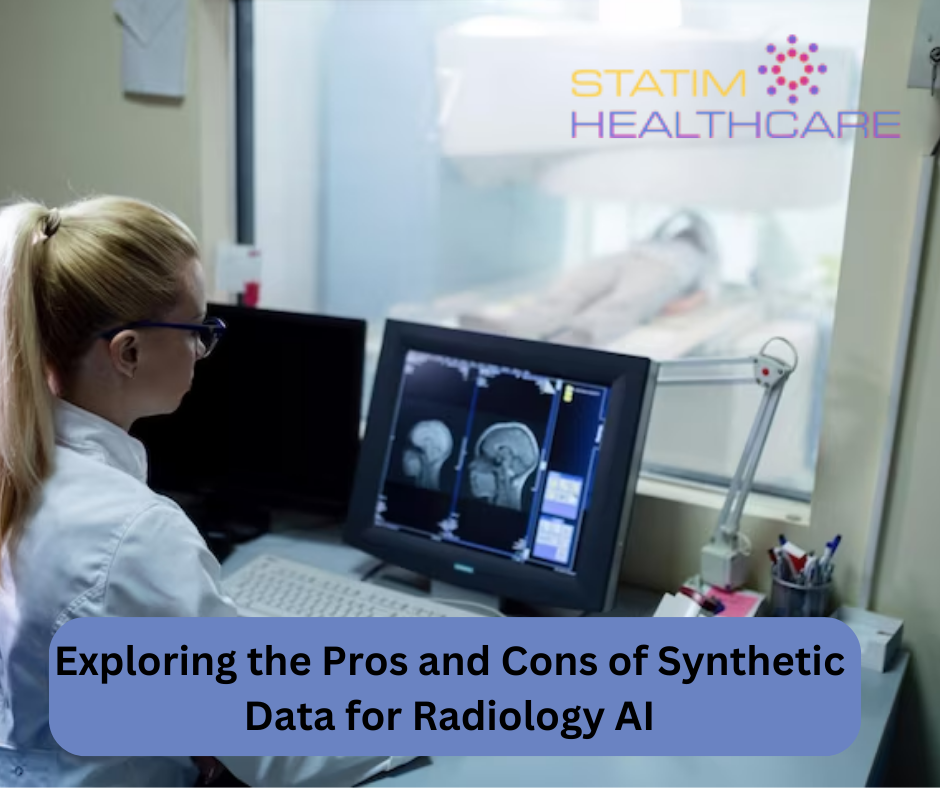Medical imaging techniques play a vital role in modern healthcare, enabling accurate diagnoses and guiding effective treatment plans. Among the various imaging methods available, radiology and ultrasound stand out as essential diagnostic tools. Understanding the distinctions between radiology technologists and ultrasound technologists is crucial for comprehending their respective roles in the field of medical imaging.
Radiology Technologists
Radiology technologists, including the best American radiology specialists, are skilled healthcare professionals who operate imaging equipment to capture internal images of the
human body. They conduct X-rays, CT scans, and MRI scans, among other procedures, playing a critical role in capturing high-quality images essential for accurate diagnoses. Their work extends to radiology reporting, where they analyze and document imaging findings, providing valuable insights to physicians and specialists.
Ultrasound Technologists
Ultrasound technologists specialize in performing ultrasound examinations, a non-invasive imaging technique that uses sound waves to visualize internal body structures. They possess the expertise to operate ultrasound equipment and conduct various types of ultrasound examinations. Ultrasound imaging finds broad applications in obstetrics, cardiology, and abdominal imaging, providing real-time images that aid in diagnosing conditions and monitoring fetal development.
Educational Requirements and Training
Becoming a radiology technologist requires completing an accredited radiologic technology program, typically culminating in an associate’s or bachelor’s degree. Additionally, obtaining certification from professional organizations such as the American Registry of Radiologic Technologists (ARRT) is common practice. On the other hand, ultrasound technologists pursue specialized training programs focusing on ultrasound physics, anatomy, and image interpretation. Certification options, such as the Registered Diagnostic Medical Sonographer (RDMS), validate their competency in the field.
Equipment and Technology
To become a radiology technologist, individuals aspiring to provide the best outsourcing radiology services must acquire specific academic qualifications and certifications. Typically, they pursue an accredited radiologic technology program that leads to an associate or bachelor’s degree. These programs provide comprehensive anatomy, patient care, radiation safety, and image analysis knowledge. Upon completion, aspiring radiology technologists often seek certification from professional organizations such as the American Registry of Radiologic Technologists (ARRT). Certification serves as evidence of their competence and adherence to professional standards in the field.
Training Programs and Clinical Experience Required for Ultrasound Technologists
Ultrasound technologists undergo specialized training programs that focus on ultrasound physics, anatomy, instrumentation, and image interpretation. These programs equip individuals with the necessary skills to perform ultrasound examinations accurately. Clinical experience is crucial to ultrasound training, providing hands-on practice and exposure to various clinical settings. It allows ultrasound technologists to develop proficiency in obtaining quality images and interpreting them effectively.
Collaborative Approach
Collaboration between radiology technologists and ultrasound technologists is vital in the field of medical imaging. Both professions contribute unique skills and perspectives to ensure accurate diagnoses and effective patient care. Radiology and ultrasound technologists work together as a team, sharing their expertise and insights to provide comprehensive imaging solutions. By collaborating, they can optimize imaging protocols, interpret findings, and enhance the overall quality of patient care.
Integration of Radiology Reporting into the Healthcare System to Improve Patient Care
Radiology reporting plays a crucial role in the diagnostic process and treatment planning. It involves the interpretation of imaging studies and the communication of findings to the healthcare team. Through clear and concise radiology reports, radiology and ultrasound technologists facilitate effective communication among physicians, specialists, and other healthcare professionals. This integration of radiology reporting into the healthcare system ensures that the right information reaches the right people at the right time, leading to improved patient care, faster decision-making, and better treatment outcomes.
Statim Healthcare’s Focus on Seamless Integration
Statim Healthcare, a leading provider of radiology services in USA, is dedicated to seamlessly integrating their solutions with clients’ existing systems. They possess a deep understanding of healthcare facilities’ unique needs and workflows, enabling a collaborative approach that maximizes the benefits of their services. Through seamless integration, including their renowned radiology reporting, Statim Healthcare significantly enhances the efficiency and effectiveness of diagnostic processes. This streamlined communication and easy accessibility of imaging data contribute to improved patient outcomes.
Patient Safety and Care
Patient safety is paramount during radiology procedures and ultrasound examinations. Technologists follow strict protocols to minimize risks, ensuring patient well-being. They prioritize radiation safety, use shielding measures, and communicate clearly to address patient concerns. By focusing on safety, technologists create a secure and comforting environment.
Confidentiality and data security are crucial in radiology reporting services. Technologists and providers adhere to privacy regulations, employing encrypted systems for secure data transmission and storage. Strict protocols safeguard patient information, ensuring confidentiality and integrity.
Statim Healthcare is committed to delivering high-quality, accurate, patient-centric healthcare solutions. Their focus on patient safety drives adherence to best practices and industry standards. With a rigorous quality assurance program, they ensure the accuracy and reliability of radiology reporting services. They optimize patient outcomes and contribute to exceptional patient care by leveraging health informatics expertise.
Conclusion
Understanding the distinctions between radiology and ultrasound technologists is crucial for comprehending their roles in medical imaging. Radiology technologists capture high-quality images and provide valuable insights through radiology reporting, while ultrasound technologists specialize in non-invasive imaging using sound waves.
Choose Statim Healthcare for reliable USA radiology diagnostics and reporting services. As a leading provider, Statim Healthcare focuses on seamless integration with clients’ systems. Their panel of licensed radiologists ensures comprehensive coverage, guaranteeing the expertise needed for accurate diagnoses.
Statim Healthcare adheres to industry standards and best practices and is committed to delivering high-quality, patient-centric solutions. Their expertise in health informatics optimizes patient outcomes and contributes to exceptional patient care.
Choose Statim Healthcare for reliable radiology reporting services prioritizing patient safety, quality, and efficiency. Their licensed radiologists and commitment to continuous improvement make them a trusted partner in the healthcare industry.

